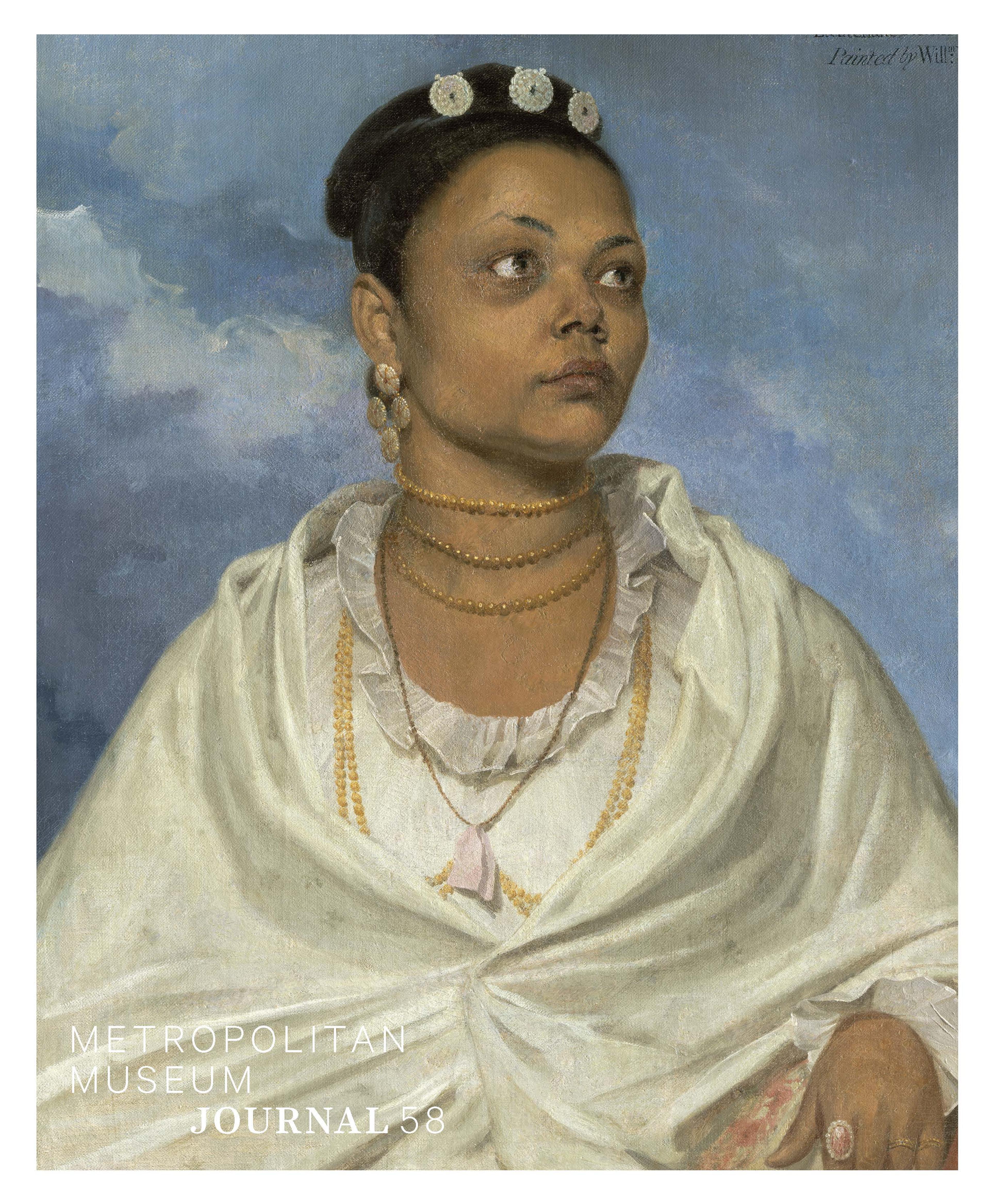The Calmady Children (Emily, 1818–?1906, and Laura Anne, 1820–1894)
The rosy cheeks, rumpled chemises, and tumbling curls of Emily and Laura Anne Calmady reflect a new admiration for childhood and innocence that found expression in the portraiture of the early nineteenth century. Rather than depicting his sitters as miniature adults, Lawrence idealized the sweetness of youth and the affectionate bond between sisters. The artist once described the portrait as “my best picture . . . one of the few I should wish hereafter to be known by.”
Artwork Details
- Title:The Calmady Children (Emily, 1818–?1906, and Laura Anne, 1820–1894)
- Artist:Sir Thomas Lawrence (British, Bristol 1769–1830 London)
- Date:1823
- Medium:Oil on canvas
- Dimensions:30 7/8 x 30 1/8 in. (78.4 x 76.5 cm)
- Classification:Paintings
- Credit Line:Bequest of Collis P. Huntington, 1900
- Object Number:25.110.1
- Curatorial Department: European Paintings
More Artwork
Research Resources
The Met provides unparalleled resources for research and welcomes an international community of students and scholars. The Met's Open Access API is where creators and researchers can connect to the The Met collection. Open Access data and public domain images are available for unrestricted commercial and noncommercial use without permission or fee.
To request images under copyright and other restrictions, please use this Image Request form.
Feedback
We continue to research and examine historical and cultural context for objects in The Met collection. If you have comments or questions about this object record, please contact us using the form below. The Museum looks forward to receiving your comments.
